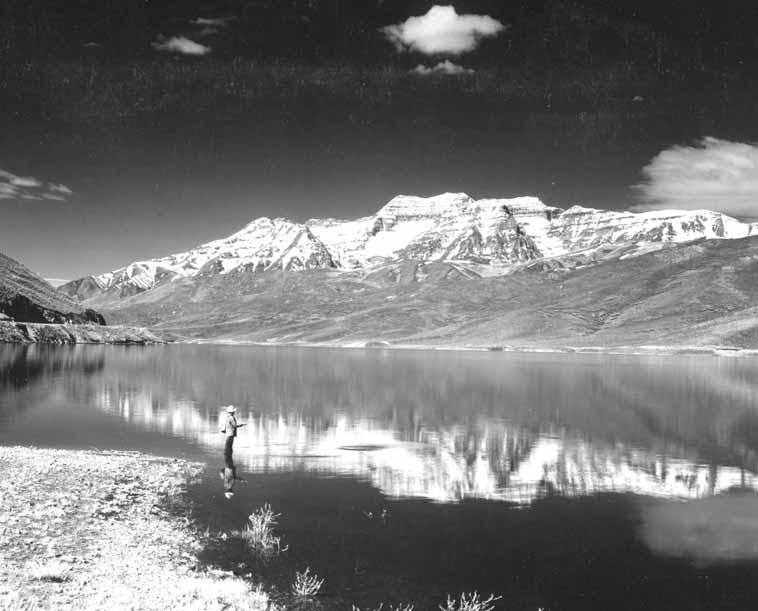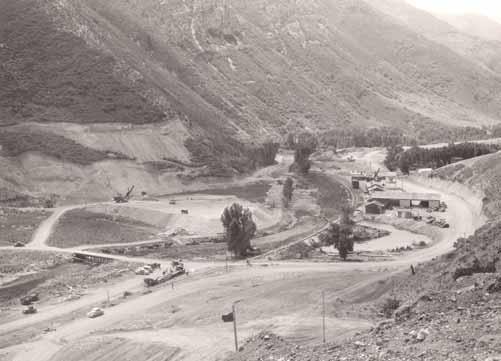
3 minute read
In This Issue
As residents of one of the driest states in the country, each generation of Utahns, from prehistoric and pioneer times to the present, has understood that the careful and judicious use of water is key to any measure of prosperity and survival. Our first article examines the changes that occurred with Wasatch area mutual irrigation companies as they passed from the pioneer era of water appropriation and regulation to a modern era with its expanded and more varied demands for the scarce and irreplaceable resource. The article is a classic study of the challenges and difficulties encountered by the emergence of new conditions and circumstances and the solutions they demand.
Effective utilization of Utah’s resources depended on effective cooperation and the propensity for cooperation extended into many aspects of social and economic life in the state. The cooperative movement and accompanying united order movement in nineteenth century Utah are topics familiar to most students of Utah history. Less known or understood is a cooperative movement during the 1870s and 1890s undertaken by women of The Church of Jesus Christ of Latter-day Saints through their Women’s Relief Society organization. This story of expanded opportunities for late nineteenth and early twentieth century women and the economic failure of the cooperative stores they founded is the subject for our second article.

Deer Creek Dam, Wasatch County, looking west to Mount Timpanogos. The dam was constructed in the 1930s to meet the growing water needs of the Wasatch Front.
UTAH STATE HISTORICAL SOCIETY
Continuing the theme of adaptation is the story of the Ute Chief Kanosh. One of the most respected nineteenth century Indian leaders, Kanosh accommodated to the Mormon arrival in Utah by accepting the new settlers and their religion. Yet he maintained much of his traditional Native American heritage as well. How did he do this? How did he maintain a position of leadership under criticism from other leaders of his tribe? What lessons can be learned from the life of Kanosh as we continue to face the challenges of an ever-changing world? These are among the questions addressed in our third article.
Americans are often accused of being the most litigious country in the world. Observers and critics claim that the solution to almost any situation in the United States is to take the adversary to court. True or not, litigation has been a part of the Utah story since pioneer days. One of the most interesting nineteenth-century Utah court cases involves the world famous author Mark Twain and the question of intellectual property under the copyright law of 1870.The 1875 case, the subject of our fourth article, played out in a Salt Lake City courtroom and on the stage of the Salt Lake Theater.

Commercial farming in Utah requires irrigation.
UTAH STATE HISTORICAL SOCIETY
Our last article for the year 2003 is a tribute to Dean L. May whose unexpected passing earlier this year is mourned by Utah’s history community. Truly a people’s historian, his enthusiasm for life and for history touched many. Dean was a Fellow of the Utah State Historical Society and served as Chair of the Board of State History. His legacy of writings, films, students, friendships, and countless other contributions will continue to enrich and inspire.







